PyeongChang 2018 Countdown
November 1st marked the 100 days to the 2018 PyeongChang Olympic Winter Games. For the occasion, Team Canada has put together a photo countdown that will take you to the Opening Ceremony on February 9th, 2018. Each and every of those Olympic moments will inspire you, enjoy.
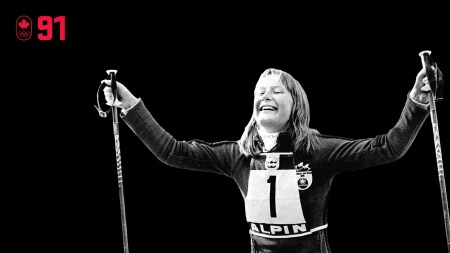
Just 18-years-old, Kathy Kreiner was competing in her second Olympic Games at Innsbruck 1976 when she won giant slalom gold to become alpine skiing’s youngest Olympic champion at the time. It fulfilled her dream of winning the same Olympic event as Nancy Greene had done 8 years earlier. BE EXCELLENT
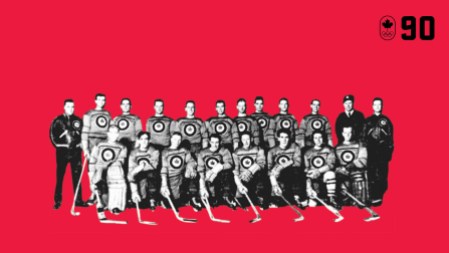
A team of servicemen came together to win hockey gold for Canada at the first Olympic Games after World War II. The last man added to the RCAF Flyers was goalie Murray Dowey. At St. Moritz 1948 he posted an Olympic record 0.62 GAA while stunning the European teams with his innovative use of a trapper glove. BE COURAGEOUS
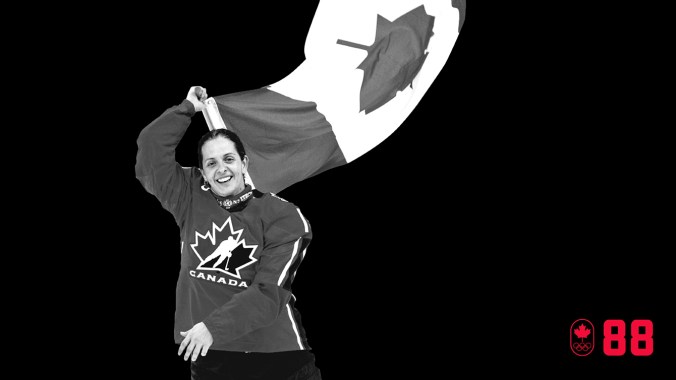
The oldest member of the women’s national team who had played in more world championships than any other Canadian hockey player, Danielle Goyette was given the honour of carrying the maple leaf into Turin 2006. A role model on and off the ice, she scored four goals in five Games as Canada won its second straight gold medal. BE A LEADER

Two decades before Canada had its own ice track, Vic Emery and his crew of John Emery, Peter Kirby, and Doug Anakin became the country’s first Olympic bobsleigh champions. Primarily self-funded, they practiced their starts in gyms and had far less training runs on the Innsbruck 1964 track than the crews they defeated to stand atop the podium. BE DETERMINED
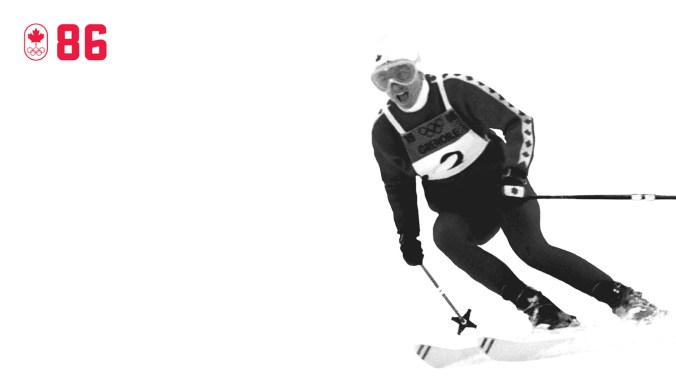
Nancy Greene was a double medallist at Grenoble 1968, highlighted by her dominant gold medal win in the giant slalom. She is also Canada’s winningest World Cup alpine skier, capturing back-to-back overall titles in 1967 and 1968, leading to her being named Canada’s female athlete of the 20th century. BE A LEADER

Snowboarder Jasey-Jay Anderson had won everything there was to win except an Olympic medal. That changed on a wet and foggy day at Vancouver 2010. In his fourth Olympic appearance, the “old man” of the sport was barely visible as he overcame a deficit to win parallel giant slalom gold. BE DETERMINED
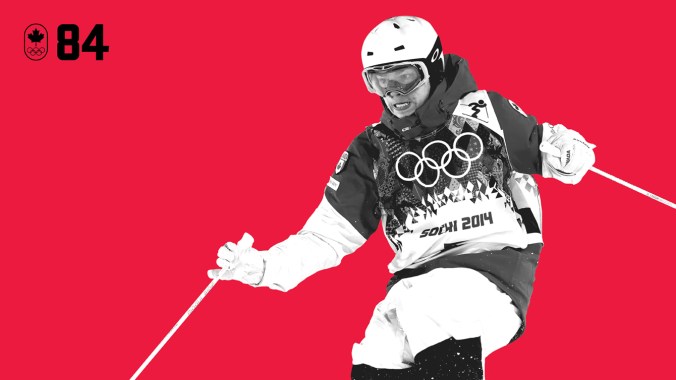
For three seasons, mogulist Mikaël Kingsbury rarely missed a podium while racking up win after win. But at Sochi 2014 he finished second to teammate Alex Bilodeau. Both gave credit where it was due: Bilodeau to Kingsbury for pushing him to be better and Kingsbury to Bilodeau for his incredible run. BE RESPECTFUL
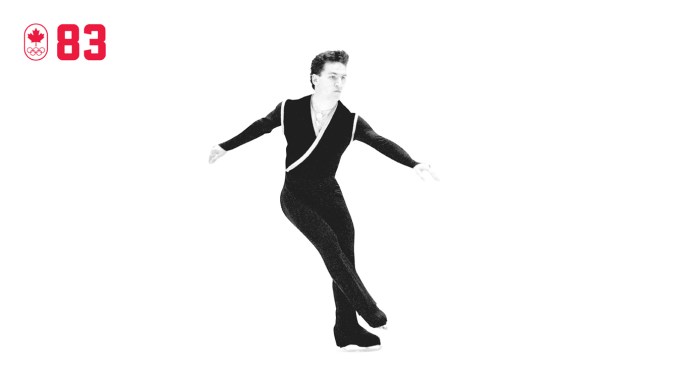
As reigning world champion, Elvis Stojko was a favourite for gold at Nagano 1998. But that was before he developed a groin injury for which he couldn’t take painkillers. When something snapped on an early jumping pass, he adjusted his free skate on the fly and secured his second straight Olympic silver. BE RESILIENT
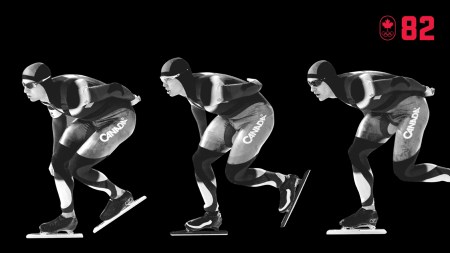
Mathieu Giroux, Lucas Makowsky and Denny Morrison weren’t the best team on paper, but had a top-secret strategy to help them at Vancouver 2010. Skating in perfect synchronization, they gave each other a little push on every straightaway to maximize their energy output. They won team pursuit gold. BE UNIFIED
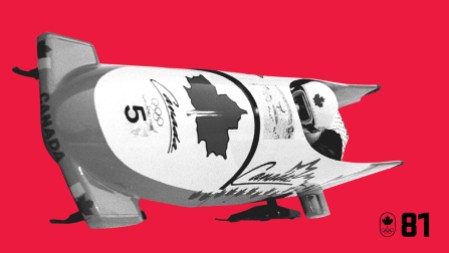
Pierre Lueders competed at five Olympic Games for Canada, but it was at Nagano 1998 where he made history with brakeman Dave MacEachern. Trailing an Italian sled by 0.03 heading into the final run, he made up that time but no more, resulting in the first ever tie for Olympic bobsleigh gold. BE EXCELLENT
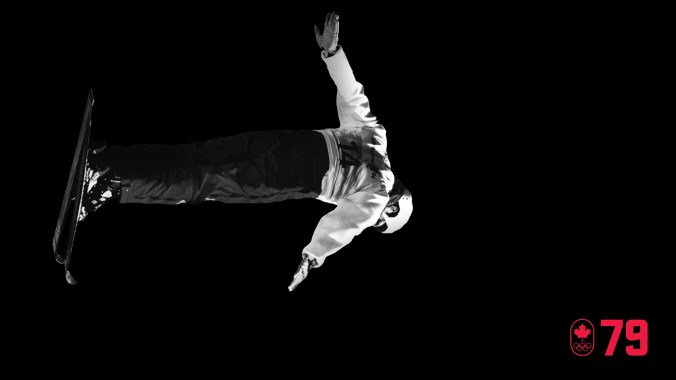
The youngest member of Canada’s “first family of freestyle skiing”, Philippe Laroche was the only with the chance to become an Olympian. Two years after winning the aerials demonstration event at Albertville 1992, he captured silver at Lillehammer 1994, sharing the podium with bronze medallist teammate Lloyd Langlois in aerials’ official Olympic debut. BE A LEADER
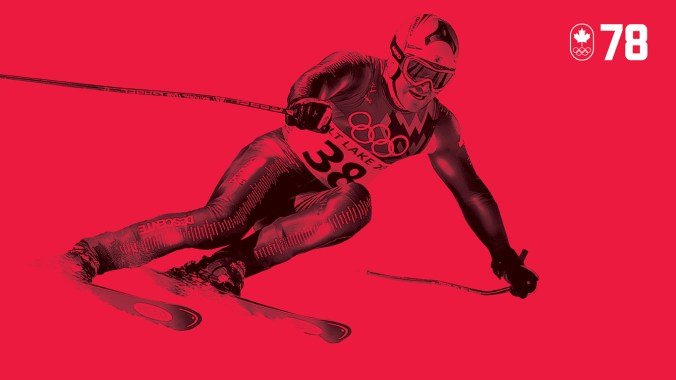
Edi Podivinsky was recovering from knee surgery instead of competing at Albertville 1992 when his doctor challenged him to make a comeback just like new Olympic downhill champion Kerrin Lee-Gartner. Two years later in Lillehammer, Podivinsky won downhill bronze, just the second Olympic alpine skiing medal ever by a Canadian man. BE RESILIENT
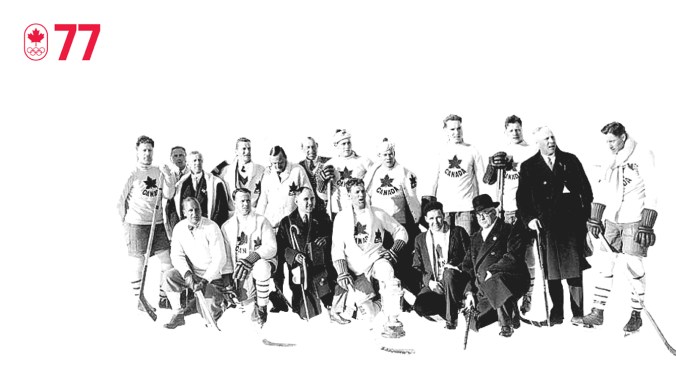
Canada’s hockey team at St. Moritz 1928, the Toronto Graduates, was so strong that officials advanced them directly to the final round while the 10 other teams played to see who would join them. The Graduates captured Canada’s third straight Olympic hockey gold, winning their three games 11-0, 14-0 and 13-0. BE STRONG
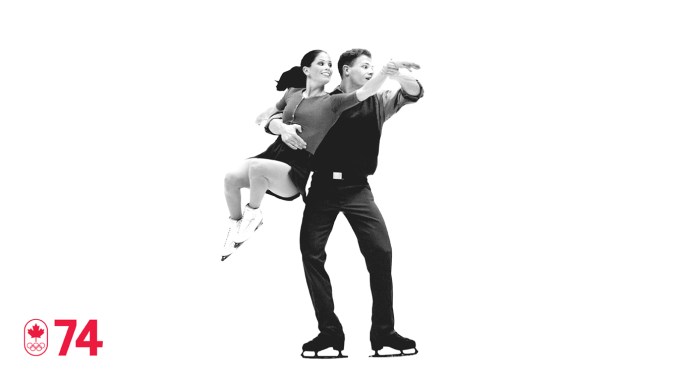
At Salt Lake City 2002, figure skaters Jamie Salé and David Pelletier gave a performance worthy of gold. The scores, however, left them with silver. But as news of a judging scandal emerged, they made it clear that their Russian rivals were not at fault and the two pairs stood atop the podium together as co-champions. BE GRACEFUL
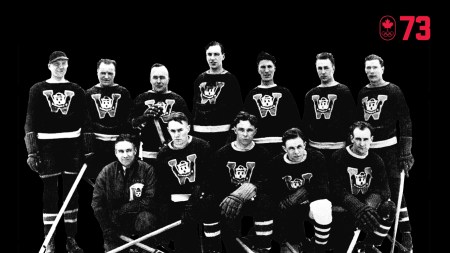
Canada’s first First Nations Winter Olympian, Kenneth Moore began playing hockey following the tragic deaths of his older brothers in the residential school system. A member of the Peepeekisis First Nation, he played one game at Lake Placid 1932, scoring a goal for The Winnipegs as they won Canada’s fourth straight Olympic hockey gold. BE INCLUSIVE

“Operation Cobra”, Canada’s secret short track strategy at Vancouver 2010, gave François-Louis Tremblay a long rest in the 5000m relay before he raced the last two laps, securing the gold. That tied him as Canada’s most decorated male Olympian, coming just 30 minutes after he’d won 500m bronze. BE UNIFIED
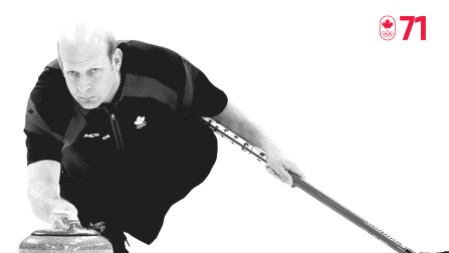
At Salt Lake City 2002, Kevin Martin lost the gold when his last shot slid just too far. With all new teammates, Martin finally got his Olympic gold medal at Vancouver 2010, skipping his rink of John Morris, Marc Kennedy, Ben Hebert and Adam Enright to the first perfect record since curling returned to the Olympic program. BE RESILIENT

Too small, wrong stride, bad in big races. That was the criticism followed Gaétan Boucher to Sarajevo 1984. Also coming back from a broken ankle, the speed skater responded with the best ever individual Canadian Olympic performance at the time, winning three medals, two of them the first individual Winter Olympic gold medals won by a Canadian man. BE STRONG

They’re competitors who are also each other’s biggest supporters. At Sochi 2014, Justine, Chloé, and Maxime Dufour-Lapointe were just the third sibling trio to compete in the same individual Winter Olympic event. After Justine and Chloé won moguls gold and silver, they held hands in a moment of sisterly love before stepping on the podium. BE UNITED
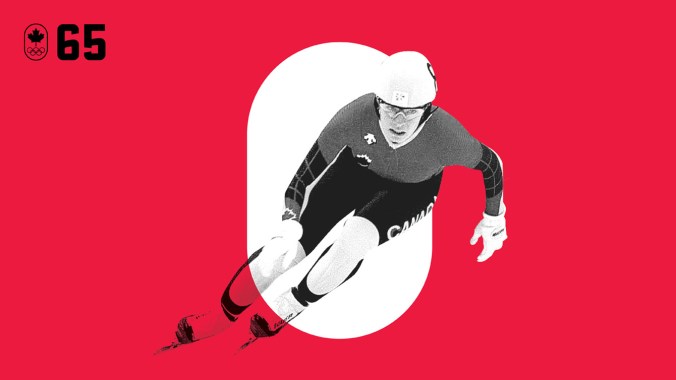
A concussion kept Annie Perreault out of Lillehammer 1994. Then, just months before Nagano 1998, she had surgery on her lower legs to relieve compartment syndrome. She came back to become Canada’s first Olympic champion in an individual short track speed skating event, winning the 500m. BE DETERMINED

On the eve of the 1969 World Championships, figure skater Karen Magnussen was in a wheelchair with stress fractures in both legs. Doctors said if she skated, she might not walk again. That spurred a brilliant comeback, including her silver medal at Sapporo 1972 and a world title a year later. BE RESILIENT
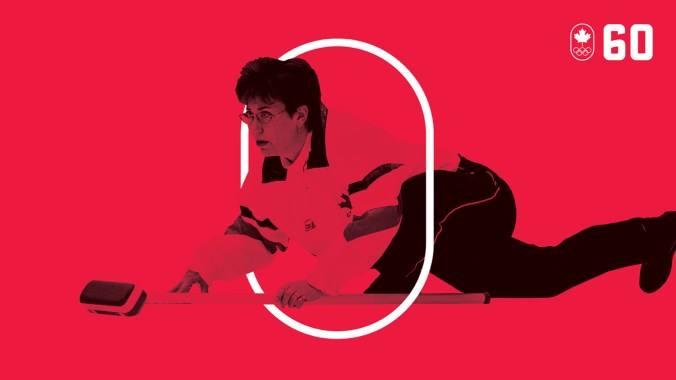
A three-time world champion, Sandra Schmirler skipped her team of Jan Betker, Joan McCusker, Marcia Gudereit and Atina Ford to the first ever women’s Olympic curling gold medal at Nagano 1998 after a dramatic, last rock, extra end win in the semifinals. Just two years later, Schmirler passed away at age 36 after a battle with cancer. BE A LEADER
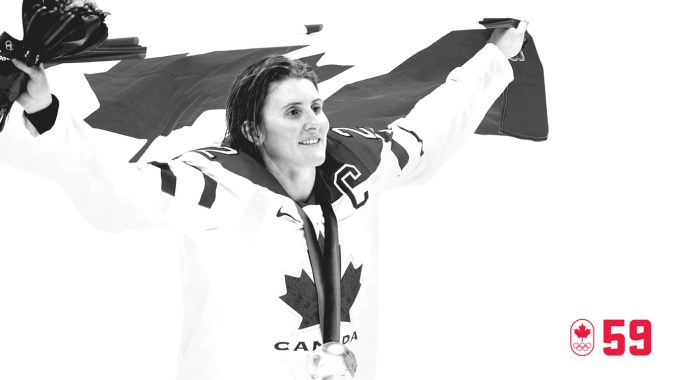
As the leading scorer at Salt Lake City 2002, Hayley Wickenheiser won the first of her back-to-back Olympic MVP awards. A year later she became the first woman to score a goal in a men’s pro hockey league, but continued to encourage young girls to get on the ice to further the women’s version of the game. She retired with four Olympic gold medals. BE INCLUSIVE
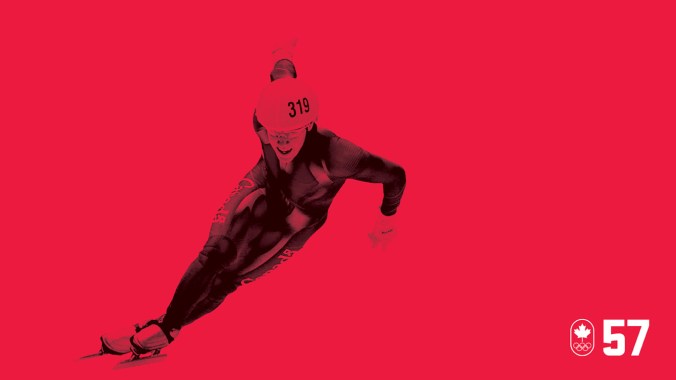
On the final turn of the 1000m at Salt Lake City 2002, short track speed skater Mathieu Turcotte got caught in a collision that sent four men to the ice. In one of the craziest finishes in Olympic history, he managed to scramble to the line, getting his blade across for the bronze medal. BE DETERMINED
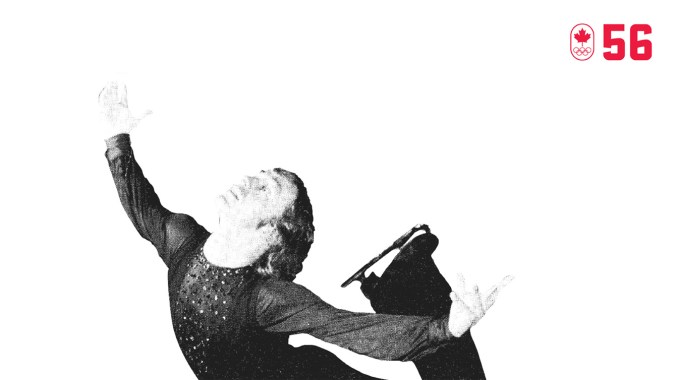
Described as exotic, unusual, and extraordinary, Toller Cranston was one of the best known artists in figure skating history. After the value of compulsory figures was reduced, he used his special flair to win bronze at Innsbruck 1976, paving the way for future generations of male figure skaters to show their personal style. BE INCLUSIVE
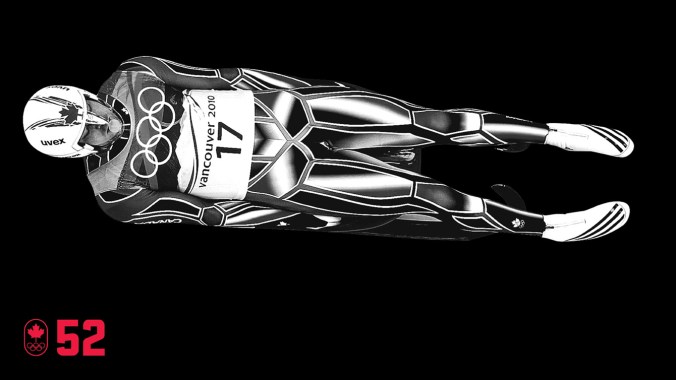
Jean-Luc Brassard thrilled all Canadians at Lillehammer 1994 when he won the country’s first Olympic gold medal in freestyle skiing. He had his trademark move, the Cossack, but he was also a trend-setter for all mogulists with brightly coloured swatches on his knees to better showcase his smooth turns. BE EXCELLENT
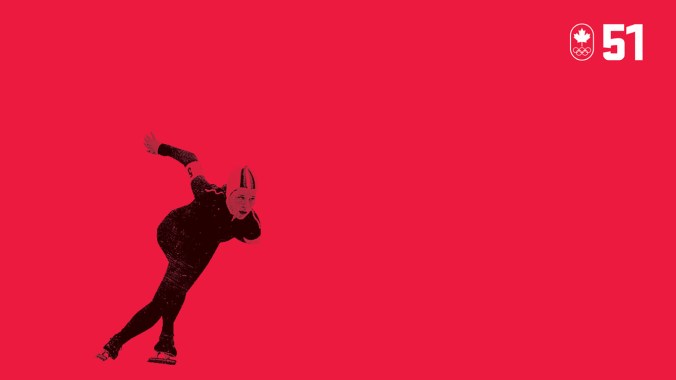
In winning 500m silver at Innsbruck 1976, Cathy Priestner became Canada’s first female Olympic speed skating medallist. She went on to an equally impressive career with various Olympic organizing committees, becoming the first woman in any country to lead the sports function at an Olympic Games. BE A LEADER
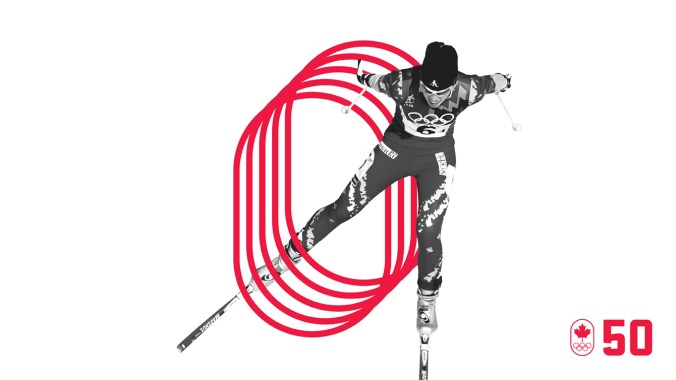
Beckie Scott made history at Salt Lake City 2002, becoming the first North American woman to win an Olympic cross-country skiing medal. Nearly 2 ½ years later, she finally received the gold that was rightfully hers after the two Russians who had placed ahead of her were disqualified for doping. Working with WADA, Scott is now a leading advocate for clean sport. BE RESPECTFUL
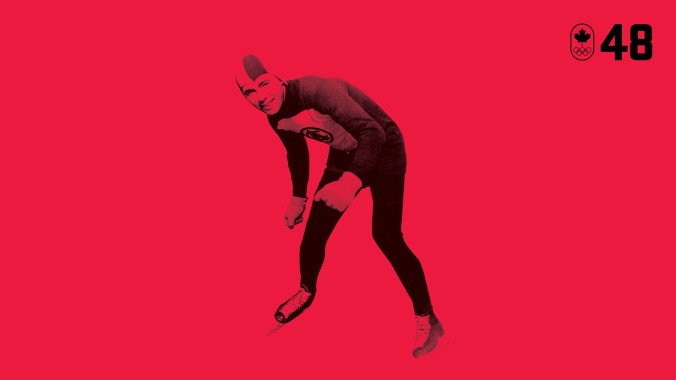
At Lake Placid 1932, speed skater Frank Stack won Canada’s only 10,000m Olympic medal thus far. Controversy surrounded the pack-style racing. Stack was among those DQed then reinstated before a re-skate was done. No results changed as Stack claimed bronze for one of Canada’s five speed skating medals. BE RESILIENT
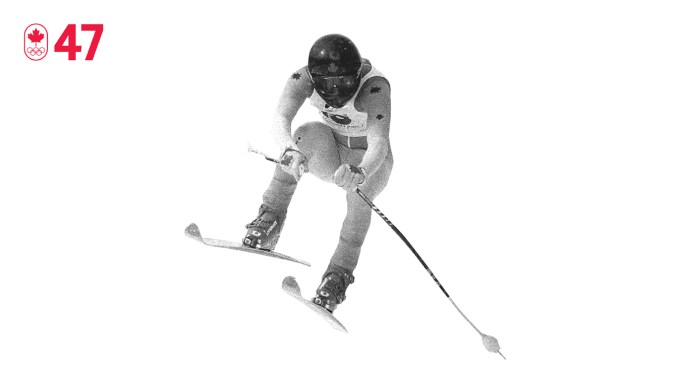
Days before what should have been his Olympic debut, Steve Podborski ruptured two major knee ligaments. Lying in bed, he decided never to compete knowing he hadn’t trained as much as he should. Four years later he won bronze at Lake Placid 1980, the first non-European man to win an Olympic downhill medal. BE DETERMINED
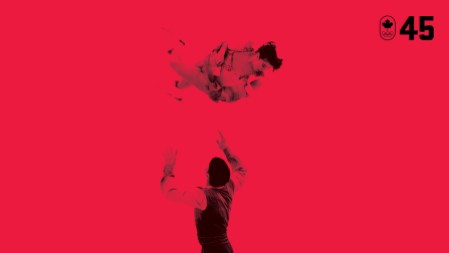
A cracked rib couldn’t keep Isabelle Brasseur from competing at Lillehammer 1994. Fighting through pain on the high-flying pair elements she performed with partner Lloyd Eisler, they won their second straight Olympic figure skating bronze as joy replaced the disappointment they had felt for the same colour two years earlier. BE BRAVE
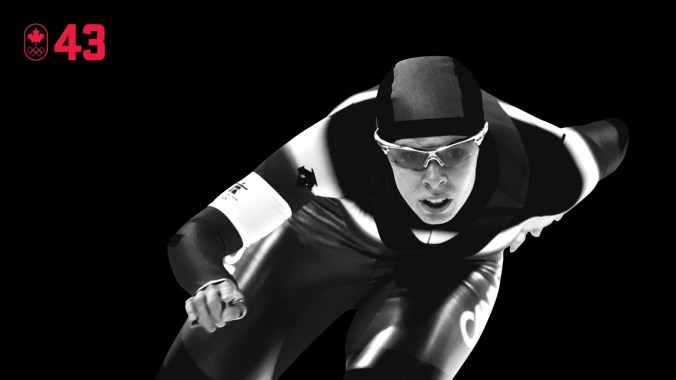
After winning two medals at Turin 2006, Kristina Groves won an unprecedented five medals at the 2008 World Single Distances Championship, en route to becoming Canada’s most decorated speed skater all-time at the worlds. She capped off her Olympic career with 1500m silver and 3000m bronze at Vancouver 2010. BE EXCELLENT
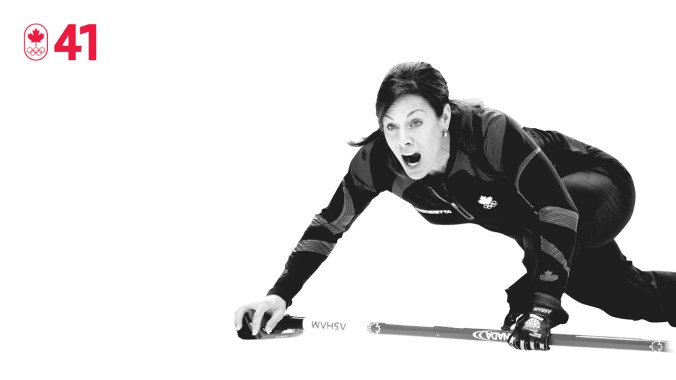
After a decade spent building her business, Cheryl Bernard’s focus returned to curling in the late 2000s. Having never won a major tournament, she skipped her team of Susan O’Connor, Carolyn Darbyshire, Cori Bartel and Kristie Moore to a surprising victory at the Olympic trials and then a silver medal at Vancouver 2010. BE DETERMINED

Captain of the Kitchener-Waterloo Dutchmen, Jack McKenzie not only led the fundraising charge to get his team to Cortina d’Ampezzo 1956, he scored seven goals in eight games as Canada won the bronze medal. He was unanimously named the tournament’s best forward by Olympic hockey officials, despite playing most of his time on defence. BE A LEADER
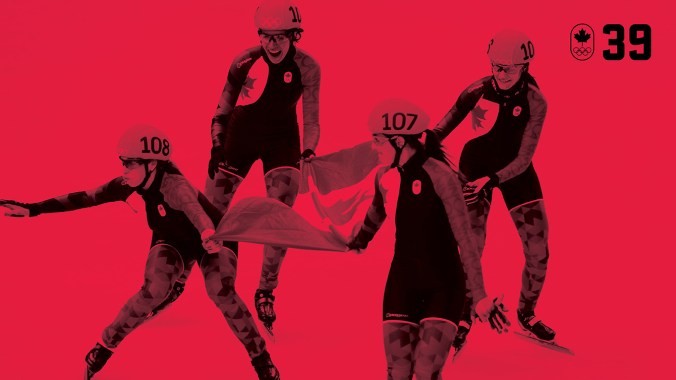
Short track speed skater Marie-Ève Drolet won relay bronze at Salt Lake City 2002, then retired when she was just 21. Finding a new love for her sport years later, she made her Olympic return at Sochi 2014, helping Canada to silver and bringing the country’s medal streak in the women’s 3000m relay to seven Games. BE RESILIENT
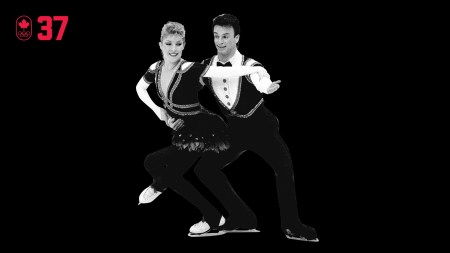
Three-time world medallists, Tracy Wilson and Rob McCall were the first Canadian ice dancers to win an Olympic medal with their bronze at Calgary 1988. When McCall passed away three years later from AIDS-related brain cancer, he inspired his fellow skaters in a tribute show that raised more than $500,000 for AIDS research. BE INCLUSIVE
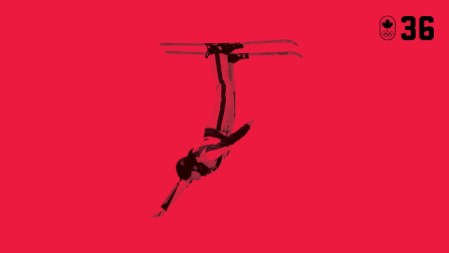
A bronze medallist in aerials at Salt Lake City 2002, Deidra Dionne broke her neck in a training accident in September 2005. She underwent spinal surgery and just three months later was back on snow, training for the Olympic Games just two months away. Against all odds, she qualified for and competed at Turin 2006. BE STRONG
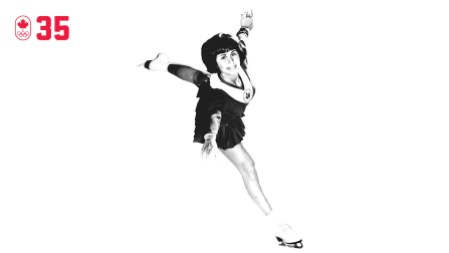
Two decades before Petra Burka won bronze at Innsbruck 1964, figure skating helped her mother Ellen survive the Holocaust when she registered herself as Dutch champion at a concentration camp. After arriving in Canada in the 1950s, Ellen coached Petra as she became the first woman to land a triple jump in competition. BE BRAVE
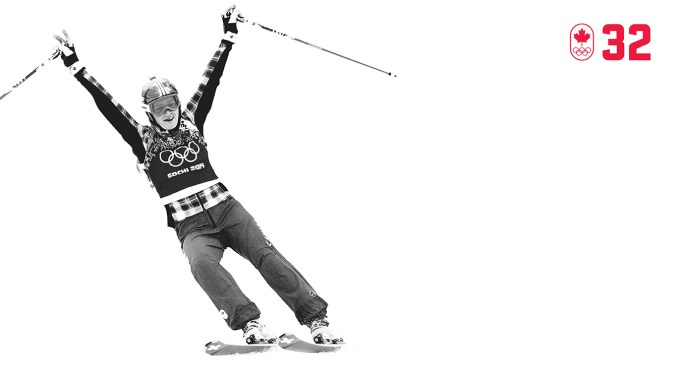
Marielle Thompson was unbeatable at Sochi 2014, winning all of her heats to advance to the Big Final in women’s ski cross. She crossed the line just ahead of teammate Kelsey Serwa, giving her the gold to highlight a season that included her second career Crystal Globe as overall World Cup champion. BE STRONG
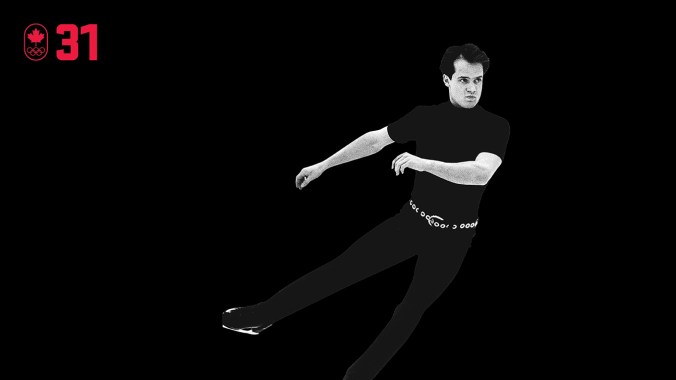
In his last amateur performance, Kurt Browning skated for pride instead of the podium at Lillehammer 1994. After a disastrous short program, he’d said “sorry” to Canada and that he needed a hug. Fans sent him nearly 2000 faxes of support, including one with two arms outstretched. He responded with one of the most iconic free skates ever. BE GRACEFUL
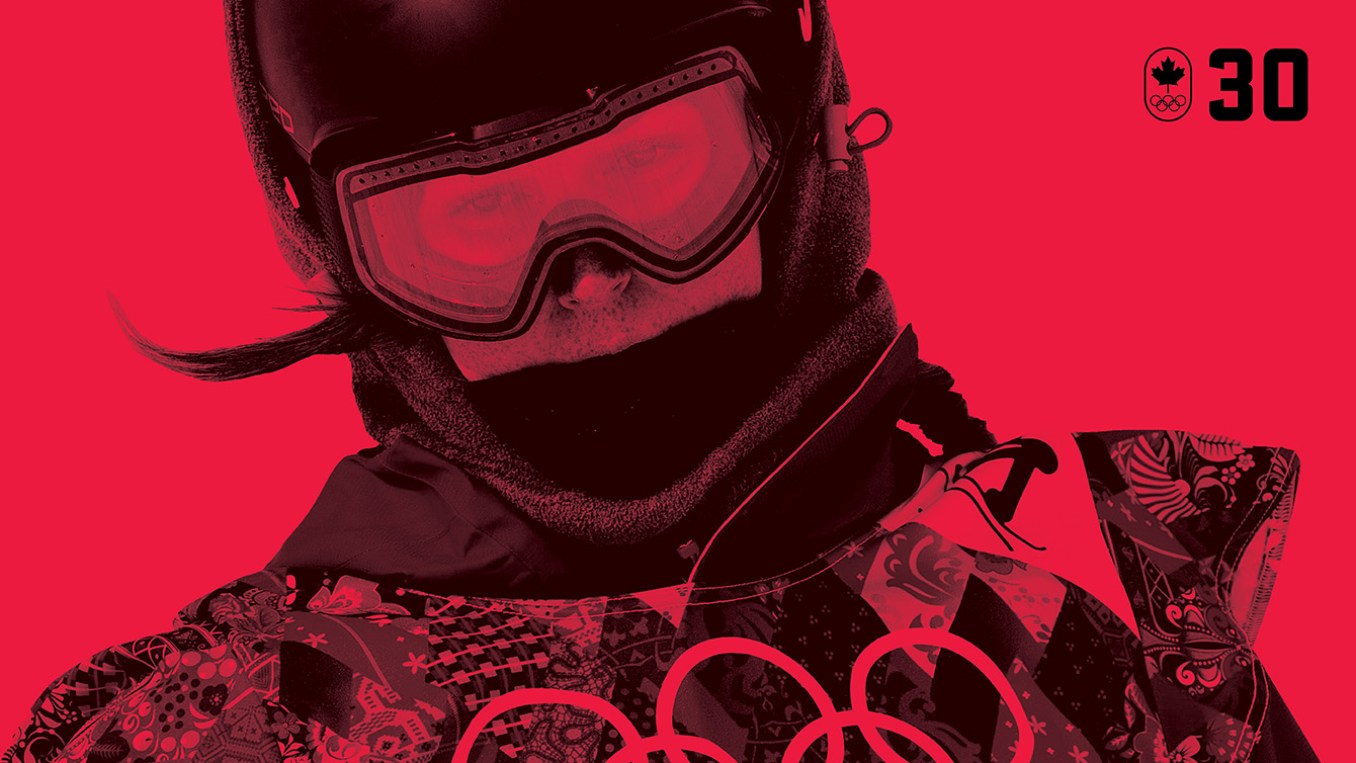
It was remarkable that Spencer O’Brien was even able to compete in snowboard slopestyle’s Olympic debut at Sochi 2014. The reigning world champion had been kept off snow for seven months by joint issues, eventually diagnosed as rheumatoid arthritis in November 2013. With proper medication, she advanced to the Olympic final. BE DETERMINED































